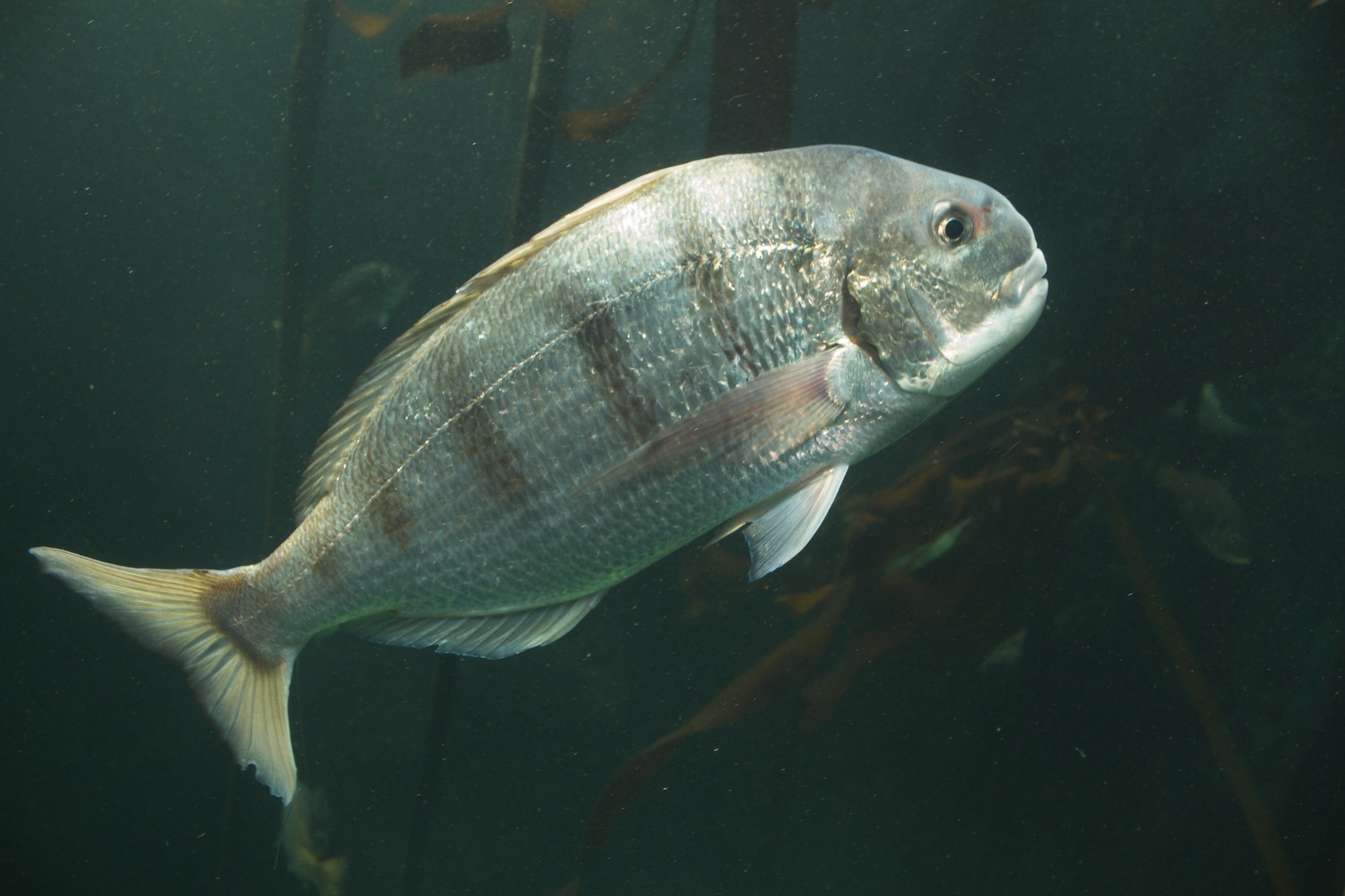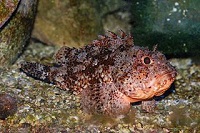
The white stumpnose stock in southern Africa was amongst those assessed for the first time. The species has been red-listed by IUCN. Image by Brian Gratwicke, Flickr.
A newly developed method for assessing how abundant fish populations are and how fishing is affecting them revealed that several fish stocks across oceans are far below internationally agreed minimum levels and in urgent need of sustainable management.
The methodology, known as Abundance Maximum Sustainable Yields or AMSY, was developed by an international team of researchers at the GEOMAR Helmholtz Centre for Ocean Research, the Sea Around Us initiative at the University of British Columbia and a number of institutions in Europe, Africa, and North America.
In a paper published in ICES Journal of Marine Science, the researchers explain that, different from costly systems that require big amounts of information, the AMSY approach allows estimating stock size and exploitation levels with readily available data, such as the size of the fish and how much boats are able to catch per hour fishing.
“Our methods apply powerful statistics and heavy number crunching to find the combination of stock size and exploitation that is best compatible with the available information,” said Rainer Froese, lead author of the study and a senior scientist at GEOMAR. “There is no excuse anymore for not managing fisheries such that healthy stocks produce healthy catches.”

The stock of small red scorpionfish in the Aegean Sea was assessed for the first time. Photo by Dein Freund der Baum, Wikimedia Commons.
At present, size and exploitation levels are known for only about a quarter of the globally exploited stocks, mainly because data for traditional stock assessment methods are lacking.
“We found that out of 38 stocks that we analyzed, 24 or 63 per cent were subject to overfishing,” Froese said. “Most of these, like the stocks of Black musselcracker and white stumpnose in southern Africa, had never been assessed before because it was not possible to carry out traditional stock assessments due to lack of data and financial constraints.”
The AMSY method, however, cracks such constraints and allows for estimates of relative stock size that are pretty close to those provided by simulated data or data-rich models.
“Knowing the status of commercially used species is key because stocks depleted from ongoing overfishing can deliver only a small fraction of the maximum yield that can be obtained from large stocks under sustainable exploitation,” said Deng Palomares, one of the study’s co-author and the Sea Around Us project manager. “Fisheries managers and politicians should be aware of this if they are interested in providing reasonable projections about how much food the oceans can deliver.”
Some countries such as India and China, which look at the oceans as a major source of protein, are already implementing the AMSY approach. According to Daniel Pauly, the Sea Around Us Principal Investigator, their fisheries sector will greatly benefit from the new analyses “because they allow fisheries to be assessed straightforwardly, yet rigorously, and represent a revolution in fisheries science.”
The paper “Estimating stock status from relative abundance and resilience” was published today in ICES Journal of Marine Science. Besides researchers from GEOMAR and the Sea Around Us, the article was prepared in collaboration with scientists from South Africa’s Department of Environment, Forestry and Fisheries; the University of Cape Town; the National Research Council of Italy; Istanbul University; Aristotle University of Thessaloniki; and Dalhousie University.

